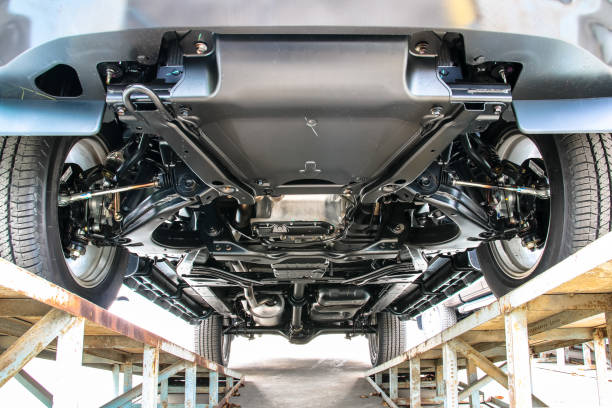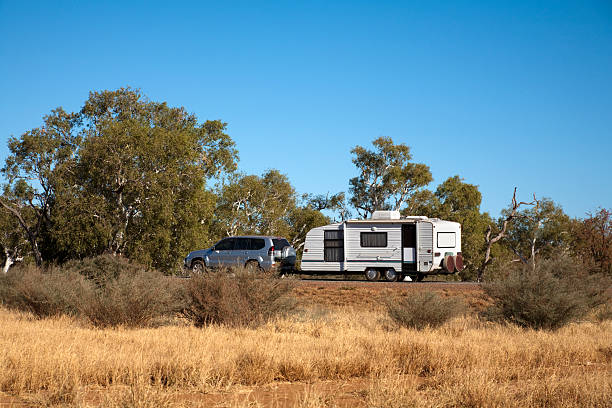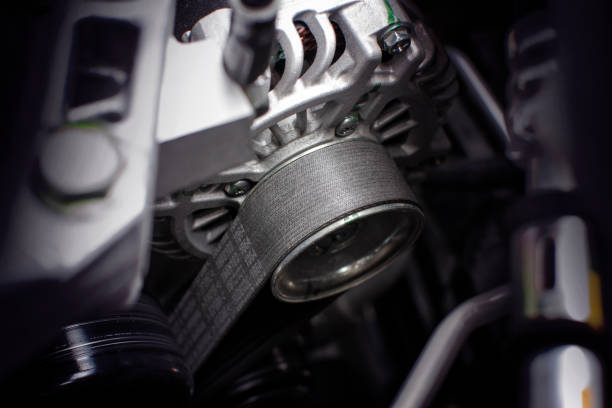
There are many reasons why people refer to spare tires as lifesavers. One of them is that they come to your aid when you need them most. No driver likes a flat tire. Unfortunately, if you have one, it is always comforting to know you have a replacement tire.
Replacement tires should be a temporary solution. However, some people push the extremes and run on them longer than necessary.
How Long Should One Drive on a Spare Tire?
With a spare donut tire, you can drive a maximum of 70 miles and you should not exceed 50 miles per hour.
Make Sure To Check This Before You Drive

Different cars have different spare tires, depending on the model. Manufacturers realized that many people rarely use the spare tire. Nowadays, new models have space saver tires (donut). Old models use full-size tires as spare tires.
The question of how long you can use your spare tire depends on the tire you are using.
Regular tires
People in this category worry less about the run time they have using the spare tire. If it matches the other tires in size, shape, and model, then it is safe to use it as a regular tire. However, please do not assume that the spare tire is new because it is rarely used.
If you have had it for over five years, then you should check it for holes and cracks. Check the pressure as well.
If you drive an SUV or a pickup, your tire is exposed at the back. It slowly wears out because of the UV rays. It also comes into contact with road debris. With so many unknowns, you should drive carefully when on a spare tire.
Make it a routine to inspect your spare tires frequently. Preventative maintenance is the best form of maintenance.
Donut spare tire
Doughnut tires are usually smaller than your regular tires. You should use them to take you from where you are in your service shop. However, this is not usually the case.
If you are using the spare tire, you should not exceed the 50-70 miles rule. Anything further than that is overbearing to your car. Take note that your speed should not exceed 50mph.
The donut tire is very basic in terms of performance. It is small and lightweight to save on costs and space. Also, it has a thin thread and is built around a simple rim. As such, you should use them sparingly as they are vulnerable to damages.
These are manufacturer recommendations. Failure to heed may result in the following.
- Your car may lose primary vehicle functions like control of traction.
- You are most likely to impair and inhibit the uses of your cars speedometer and proper ABS operations.
- You will compromise the handling dynamics of your car. Such involves critical functions like traction control and braking capability.
Things to avoid when using a spare tire

Rough road terrains
Donut tires have really thin threads this makes your spare tire less resistant to punctures. Take care not to stress them further by carrying more weight in the vehicle.
Over speeding
Do not go beyond the stated speed limit. When you are on a spare tire, your car is not stable. Because the donut is undersized, it lacks similar handling capabilities. It also depends on where you fitted the spare tire. Front-wheel spares may impair cornering abilities.
Keep your distance
Space saver tires have narrow contact with the road compared to regular tires. As a result, it effectively reduces the traction abilities of your car. It will result in an increase in stopping time. There is thus a big risk in handling and steering. More so, when maneuvering emergencies.
Reduce load limit
Space saver tires have low load resistance than regular tires. If you were towing a trailer, consider leaving it behind. The weight from your load may lead to many mechanical issues.
Consequences of driving longer using your space-saver tire
A donut tire is undersized and thinner than regular tires. Consequently, it causes a lot of stress on your vehicle’s differentials when navigating corners. A differential is a device that transmits power to the wheels. It also allows the right and left wheels to turn at different speeds while in motion.
When taking a turn, the path of the outer wheel is longer than the path of the inside wheel. Therefore, the tires travel at different speeds when taking a corner.
If you are using a spare wheel, the differential must take account of the diameter difference. Meaning the small tire turns faster than the opposing tire on the same axle. This makes the differential account for the variation.
If this continues for a long time, the grease that lubricates the differential will wear out. The result may be a clutch and acceleration failure.
An Alternative to spare tires
Manufacturers have an option for situations when you do not have or want to use your spare tires. Besides the full-size spare tire and space saver tire, there is a third option. It includes running down the flat tire.
Run-flat tires are modern tires that allow you to drive on a flat tire. It is a special tire that still runs despite having a deep puncture. Even though they are durable, they should also be temporary. They should be used to take you to a service shop.
Run-flat-tires are special and also quite costly, especially if you have to install all four tires. Do not overstress your run-flat tires. They only have one advantage. You do not have to stop and change a flat immediately it happens.
Conclusion
There is no definitive answer to when you should stop using your spare tire after a flat. But there are consequences if you run on your spare tires for long. Always remember to adhere to your manufacturer’s manual instructions. Keep the speed low and vehicle light when on a spare tire.
Get to a service shop immediately and fix the flat tire.
Always practice safe driving. Before leaving your house, always check that you have a spare tire in good condition. Check for pressure and cracks. Whether you are running on a spare tire or a run-flat tire, strictly use it for emergencies only.








